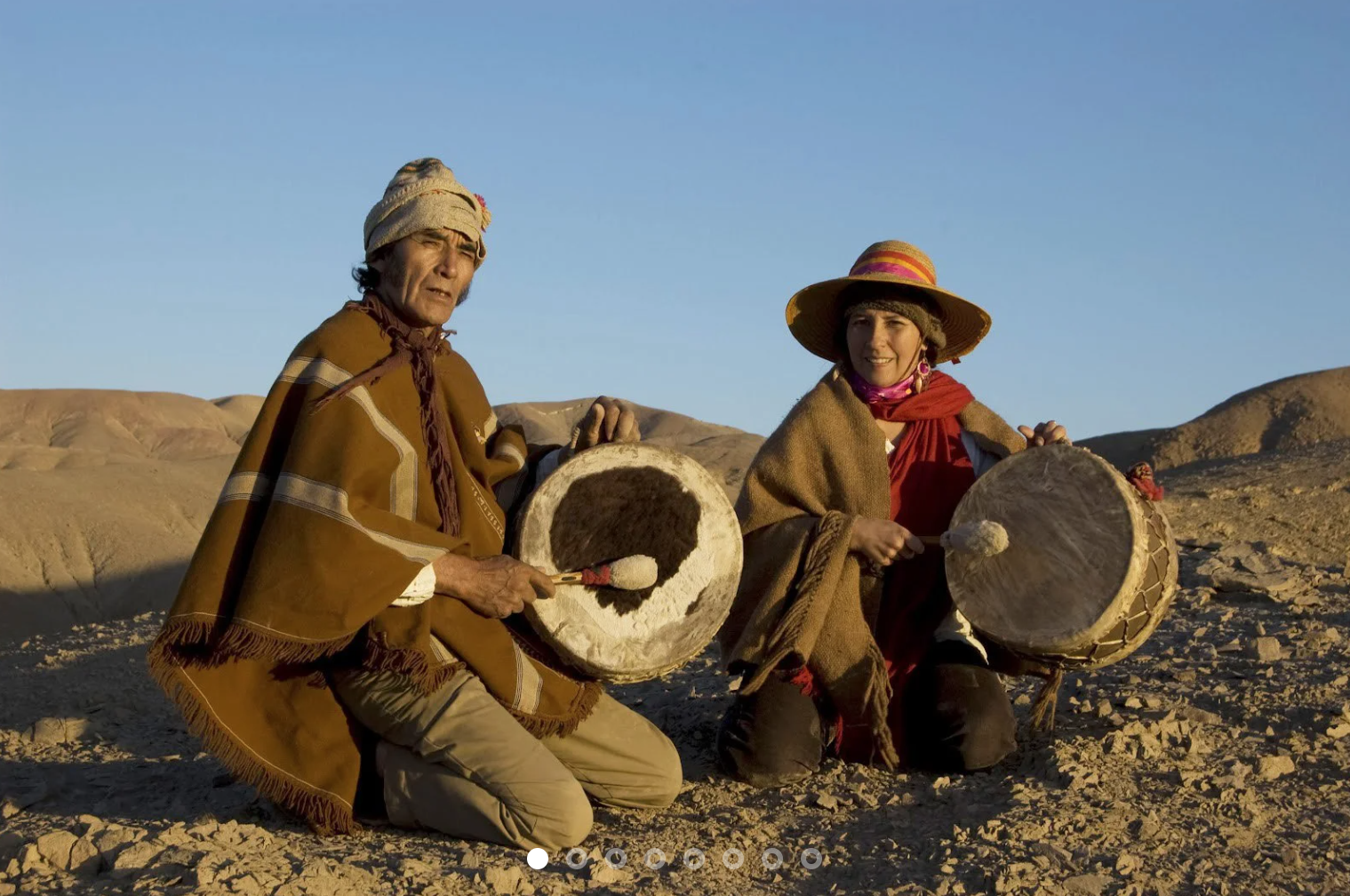A riverside community on the banks of the Amazon River has stopped consuming turtles due to their scarcity. Indigenous communities in Chile’s Atacama Desert have reoriented their relationships with water resources due to increasing water scarcity to maintain and even create areas of high biodiversity. While in Bolivia, women from various regional communities, indigenous and non-indigenous, are coming together to exchange experiences and seeds to overcome the loss of biodiversity in their food systems. What do they have in common? Their dynamic living cultures followed the changes in their territories. They adapted their daily practices to preserve the environment through presence and care.
The Kumming-Montreal Global Framework for Biodiversity, the outcome of the last United Nations Conference on Biodiversity (CBD), is considered a historic attempt to further protect the world’s ecosystems. The agreement calls for increasing the number and extent of protected areas around the globe, and with an ambitious target: to have 30% of the Earth’s total land and marine area under parks and other protected areas by 2030. The new framework presents bolder targets and advances in integrating biodiversity into global policy and decision-making.
However, the problem is that the framework focuses on implementing more protected areas, such as national parks, but gives a low priority to what should be at the heart of conservation policy: cultural diversity and historical repair. Sustainable use of protected areas addresses part of the problem but often does not place local populations at center stage.
Although “indigenous peoples and local communities” are cited ten times in different parts of the text, the mention comprises their inclusion in policies that are often spearheaded by other people and institutions (such as large international conservation NGOs) rather than their key role in making the world more biologically and culturally diverse. The third goal of the report recognizes that the territorial rights of indigenous and traditional communities should be respected, but not sought. There is no mention of support for the development of institutional frameworks for cultural recognition or territorial claims as critical to fostering the diversity of life on Earth.
In the case of indigenous lands, although much remains to be done to adequately implement and recognize these territories, the laws are better established. Given the struggles of indigenous leaders to advance this agenda, including in global conservation debates, multinational and national legal institutions have moved forward.
Worse is the case for regional, albeit non-indigenous, populations. Legal safeguards for their specific relationships with the environment are much more fragile, and their daily practices in caring for the world’s most biodiverse forests go unnoticed.
In Latin America, there is a great cultural wealth of ways of relating to the environment, something that also occurs in many parts of Africa and Asia. These are pastoralists, seringueiros (rubber tree tappers), riverine communities, traditional fishermen and women, peasants, pantaneiros, quilombolas, and many others with a strong culture that is based on the place that encompasses their living environment. They are populations marked by particular historical legacies, such as the African diaspora and other forms of colonialism, who have developed their own ways of living and surviving in their environment. Over the years, they have constantly adapted, creating territories of life, managed and led by people with strong links with nature.
Looking at the concrete contexts of the south, it is clear that recognizing people in conservation projects to delimit more parks, reserves and other protected areas is not enough to develop environmentally effective and culturally just conservation. Therefore, we must ask ourselves what inclusive conservation efforts mean.
These issues will be explored further during the Sustainability Research and Innovation Congress (SRI2023), to be held this month in Panama in the section entitled “Stakeholder engagement for transdisciplinary and inclusive biodiversity conservation”. Hopefully, a series of recommendations will emerge from there on inclusion in conservation efforts to help indigenous and non-indigenous populations become key players in the solution; in order to halt biodiversity loss, and not just something to be contemplated on the fringes of major restrictive conservation areas.
The wealth of available solutions offered by these peoples is vital to any path toward a more sustainable world populated by diverse cultures and ecosystems. However, for the moment, efforts such as those of the riverside communities on the banks of the Amazon River, the indigenous people of Atacama, or Bolivian women remain largely invisible in discussions on how to halt biodiversity loss on a global scale.
*Translated from Spanish by Janaína Ruviaro da Silva











